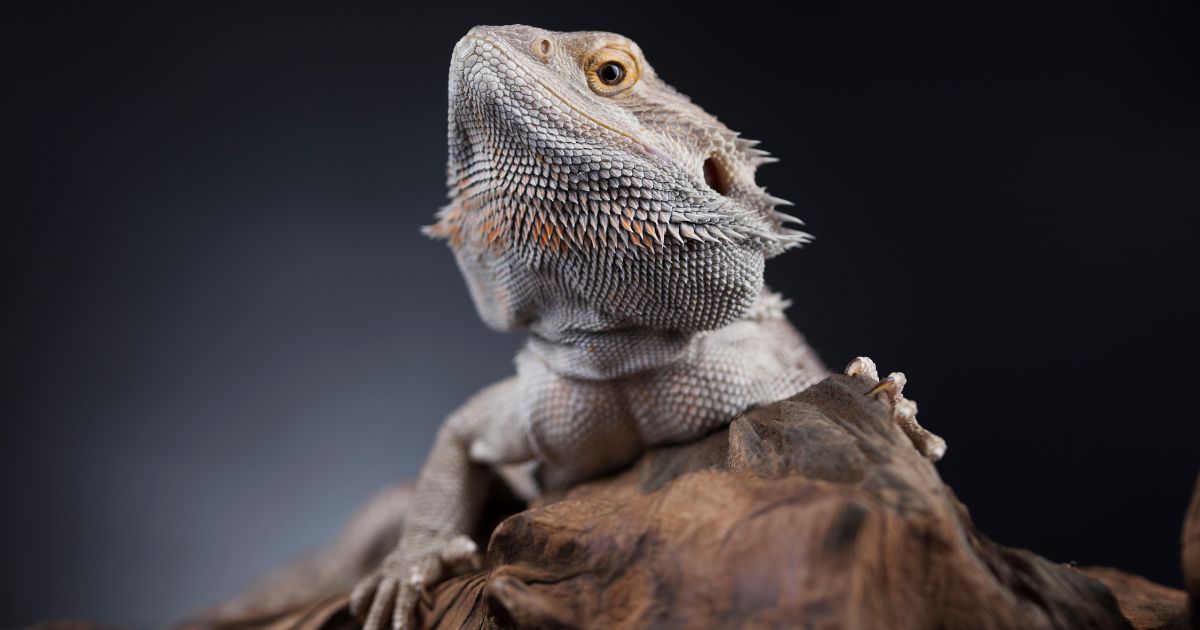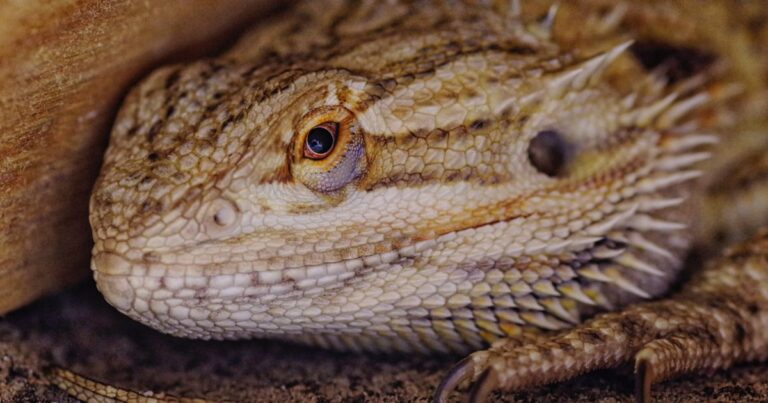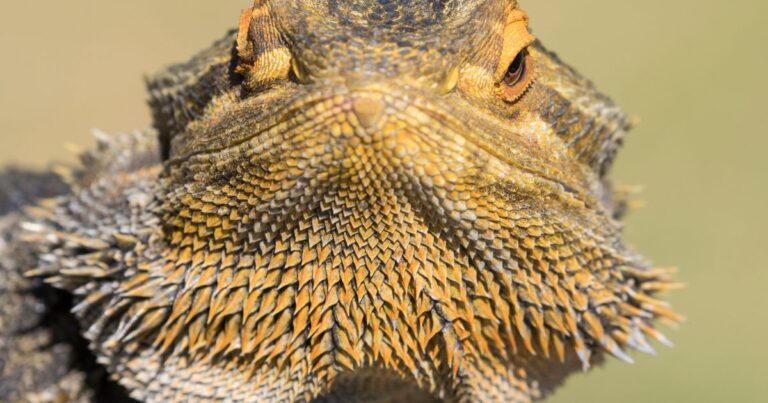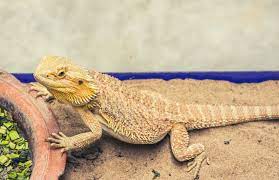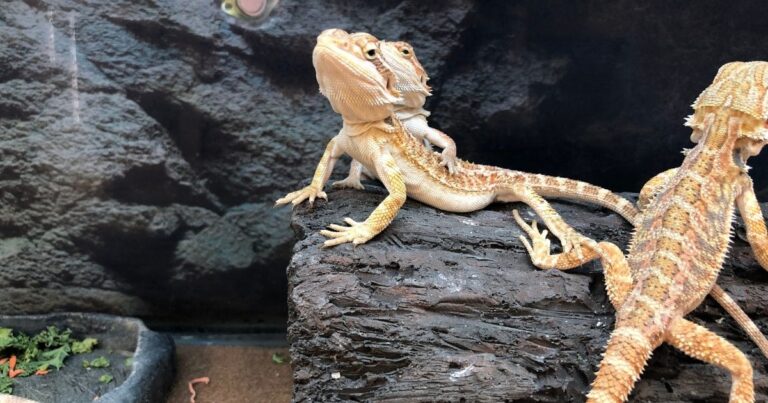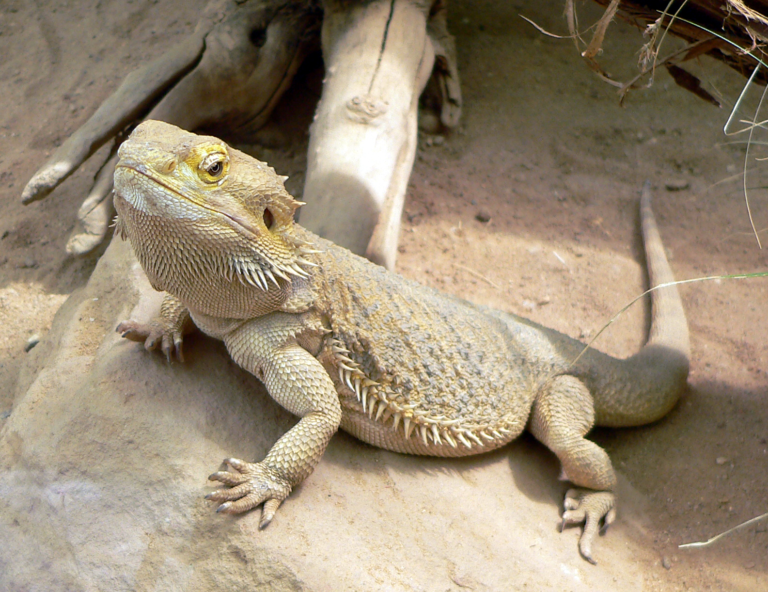Bearded Dragon Thermal Burns and Heat-Related Injuries
Table of Contents
Key Summary Table: Bearded Dragon Thermal Burns and Heat-Related Injuries
| Key Points | Details |
|---|---|
| What are they? | Burns that occur when a bearded dragon gets too close to a heat source. |
| Symptoms | Discolored patches, shiny or blistered skin, behavioral changes. |
| Prevention | Proper temperature management, ensuring the environment isn’t too hot. |
| Treatment | Immediate veterinary care, application of a cold compress, stress-free environment during recovery. |
| Overheating | Can lead to heavy breathing, lethargy, or seizures. |
“Bearded dragon thermal burns and heat-related injuries” – sounds scary, right? But don’t fret, fellow dragon lovers! This article is your trusty guide to understanding, preventing, and treating these issues. So, buckle up for an enlightening ride into the world of bearded dragon care!
Introduction
Hey there, dragon aficionados! Let’s talk about something that’s as important as it is overlooked – bearded dragon thermal burns and heat-related injuries. Now, I know what you’re thinking, “Burns? My Gilbert? Never!” And trust me, I’m right there with you. My bearded dragon, Gilbert, is my partner in crime, my muse, and my constant companion. I’d move mountains to keep him safe. But sometimes, despite our best efforts, accidents happen. So, let’s arm ourselves with knowledge and ensure our scaly buddies live their best, burn-free lives!
In the world of bearded dragons, knowledge is the best prevention. Understanding thermal burns and heat-related injuries can make all the difference.
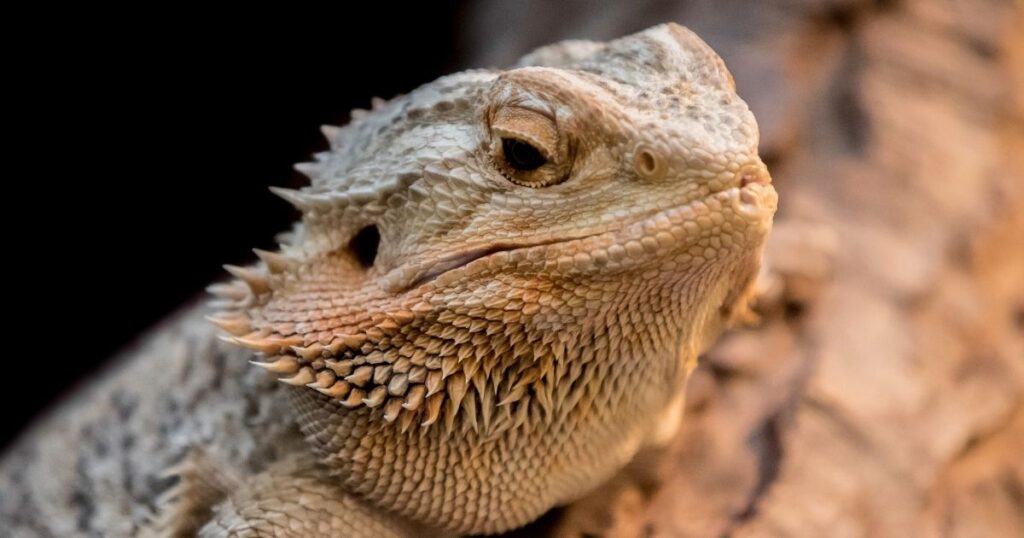
Understanding Bearded Dragon Thermal Burns
| Type | Description |
|---|---|
| First Degree | Surface burns affecting the top layer of skin. |
| Second Degree | Deeper burns affecting both the outer and underlying layer of skin. |
| Third Degree | Severe burns affecting the deepest layer of skin and tissues underneath. |
So, what’s the deal with bearded dragon thermal burns? Well, just like us, our bearded buddies can get burned too. It usually happens when they get too close to a heat source. Now, you might be wondering, “What do burns look like on a bearded dragon?” They can appear as discolored patches, usually white or dark brown, and the skin might look shiny or blistered.
But how do you know if your bearded dragon is burnt? It’s not like they can tell us, right? Well, aside from the visible signs, they might also show behavioral changes. They might be less active, refuse to eat, or seem generally uncomfortable. If you notice any of these signs, it’s time to swing into action.
Signs of Burns in Bearded Dragons
- Discolored patches on the skin.
- Shiny or blistered skin.
- Behavioral changes such as lethargy or loss of appetite.

Prevention of Thermal Burns and Heat-Related Injuries
| Time | Temperature |
|---|---|
| Day (Basking Area) | 95-110°F for adults, 110-115°F for juveniles |
| Night | 70-75°F |
Prevention, as they say, is better than cure. And when it comes to preventing thermal burns and heat-related injuries in bearded dragons, it’s all about temperature management. You might be asking, “How hot is too hot for Beardies?” Well, the basking area should be around 95-110°F for adults and 110-115°F for juveniles. Any hotter, and you’re in the danger zone.
And what about at night? “How hot is too hot for a bearded dragon at night?” you ask. Well, at night, the temperature can drop to around 70-75°F. Remember, bearded dragons are desert animals, and deserts can get pretty chilly at night. So, make sure their environment isn’t too hot, especially when the moon is up and the stars are out.
Tips to Prevent Overheating
- Regularly monitor the temperature in the enclosure.
- Provide a cool area for the bearded dragon to retreat to.
- Avoid placing the enclosure in direct sunlight.

Treatment of Bearded Dragon Thermal Burns
| Step | Action |
|---|---|
| 1 | Remove the bearded dragon from the heat source. |
| 2 | Apply a cold compress to the burn area. |
| 3 | Seek immediate veterinary care. |
Now, let’s tackle the big question: “How do you treat a burn on a bearded dragon?” First things first, if you suspect your bearded dragon has a burn, get them to a vet ASAP. They’re the pros, after all. But what can you do in the meantime? Well, you can apply a cold compress to the burn area to soothe the skin.
But remember, professional veterinary care is crucial. They’ll clean the burn, apply medication, and might even prescribe antibiotics to prevent infection. And during the recovery process, it’s important to provide a stress-free environment for your bearded dragon. Think of it as their mini vacation while they get back on their feet… or should I say, claws?
Recovery Tips for Bearded Dragons
- Keep the enclosure clean to prevent infection.
- Provide a stress-free environment.
- Ensure the bearded dragon stays hydrated.
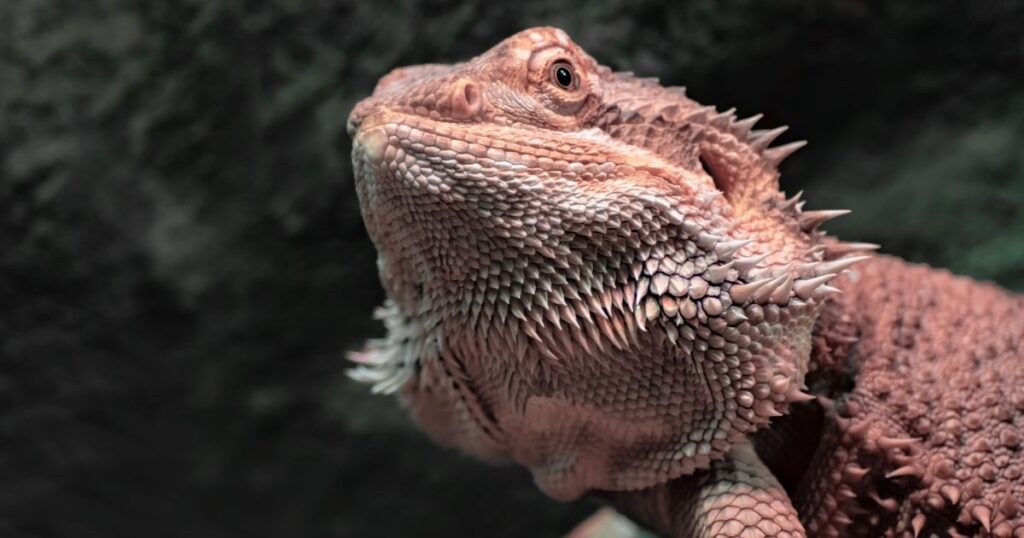
Overheating in Bearded Dragons
| Sign | Description |
|---|---|
| Heavy Breathing | Rapid, open-mouthed breathing. |
| Lethargy | Lack of energy or interest in activities. |
| Seizures | Uncontrolled shaking or twitching. |
Overheating in bearded dragons is a serious issue. “What are the signs of overheating in bearded dragons?” you ask. Well, they might start breathing heavily, become lethargic, or even have seizures in severe cases. And yes, bearded dragons can overheat, especially if their environment is too hot or if they don’t have a cool area to retreat to.
Now, onto a question that tugs at the heartstrings: “Can bearded dragons feel pain?” The answer is yes. Just like us, they can feel pain, which is why it’s so important to prevent burns and overheating. And if you’re wondering, “Why is my bearded dragon skin turning red?” it could be a sign of overheating or stress. So, always keep an eye out for any changes in your bearded dragon’s behavior or appearance.
Ways to Cool Down a Bearded Dragon
- Provide a shallow dish of cool water in the enclosure.
- Mist the bearded dragon with cool water.
- Dim the lights in the enclosure.
Caring for a bearded dragon is more than just providing food and a home. It’s about creating a safe environment where they can thrive, away from the risk of thermal burns and heat-related injuries.

Conclusion
And there you have it, folks! A whirlwind tour of bearded dragon thermal burns and heat-related injuries. Remember, our scaly buddies rely on us for their care and safety. So, let’s do our best to keep them happy, healthy, and burn-free. After all, a safe dragon is a happy dragon. So, keep learning, keep caring, and most importantly, keep loving your bearded dragons!
If you want to learn more about bearded dragon care, check out the Bearded Dragon Care category. And don’t forget to check out my index page on Bearded Dragon Health Issues.
Other pages of interest: Bearded dragon tail rot and tail injuries and Bearded dragon tumors and abnormal growths
Disclaimer: This article is intended for informational purposes only. It’s not a substitute for professional veterinary advice. Always consult with a qualified veterinarian if your bearded dragon shows signs of burns or overheating.
Frequently Asked Questions
How do you treat a burn on a bearded dragon?
Oh, dear! First things first, don’t panic. Remove your bearded dragon from the heat source and apply a cold compress to the burn area. Then, rush to your vet. Remember, we’re dragon parents, not dragon doctors!
What do burns look like on a bearded dragon?
Burns on a bearded dragon can look like discolored patches on their skin. It might be shiny or blistered. It’s like they’ve just had a bad day at the beach, minus the sand and the sea.
How do you know if your bearded dragon is burnt?
Apart from the physical signs, your dragon might act differently. They might be lethargic or lose their appetite. It’s like they’re saying, “Hey, I’m not feeling so hot!” Well, actually, they’re feeling too hot, but you get the idea.
Can Bearded dragons get burned?
Unfortunately, yes. Bearded dragons can get thermal burns if they get too close to their heat source. It’s like touching a hot pan, but for them, it’s their basking spot.
How do you treat a bearded dragon burn?
The best treatment is professional veterinary care. In the meantime, keep them cool and comfortable. It’s like they’re on bed rest, but with more scales.
What are the signs of overheating in bearded dragons?
Overheating can lead to heavy breathing, lethargy, or even seizures. It’s like they’ve run a marathon in the desert. Not a fun time for our scaly friends.
How hot is too hot for Beardies?
For adults, the basking area should be between 95-110°F, and for juveniles, it should be 110-115°F. At night, it should be around 70-75°F. It’s like setting the perfect bath temperature, but for a dragon.
Can bearded dragons feel pain?
Yes, they can. They might not scream or cry like we do, but they feel discomfort and distress. It’s like they’re tough little warriors, but even warriors need a little TLC.
How hot is too hot for a bearded dragon at night?
At night, the temperature should be around 70-75°F. It’s like they need their beauty sleep in a cool room, just like us!
Do bearded dragons overheat?
Yes, they can. If their environment is too hot, they can suffer from overheating. It’s like being stuck in a sauna, but they can’t just step out and cool down.
Why is my bearded dragon skin turning red?
It could be a sign of overheating or a burn. It’s like they’re blushing, but not in a cute way. If you notice this, it’s time to check their environment and possibly visit the vet.
